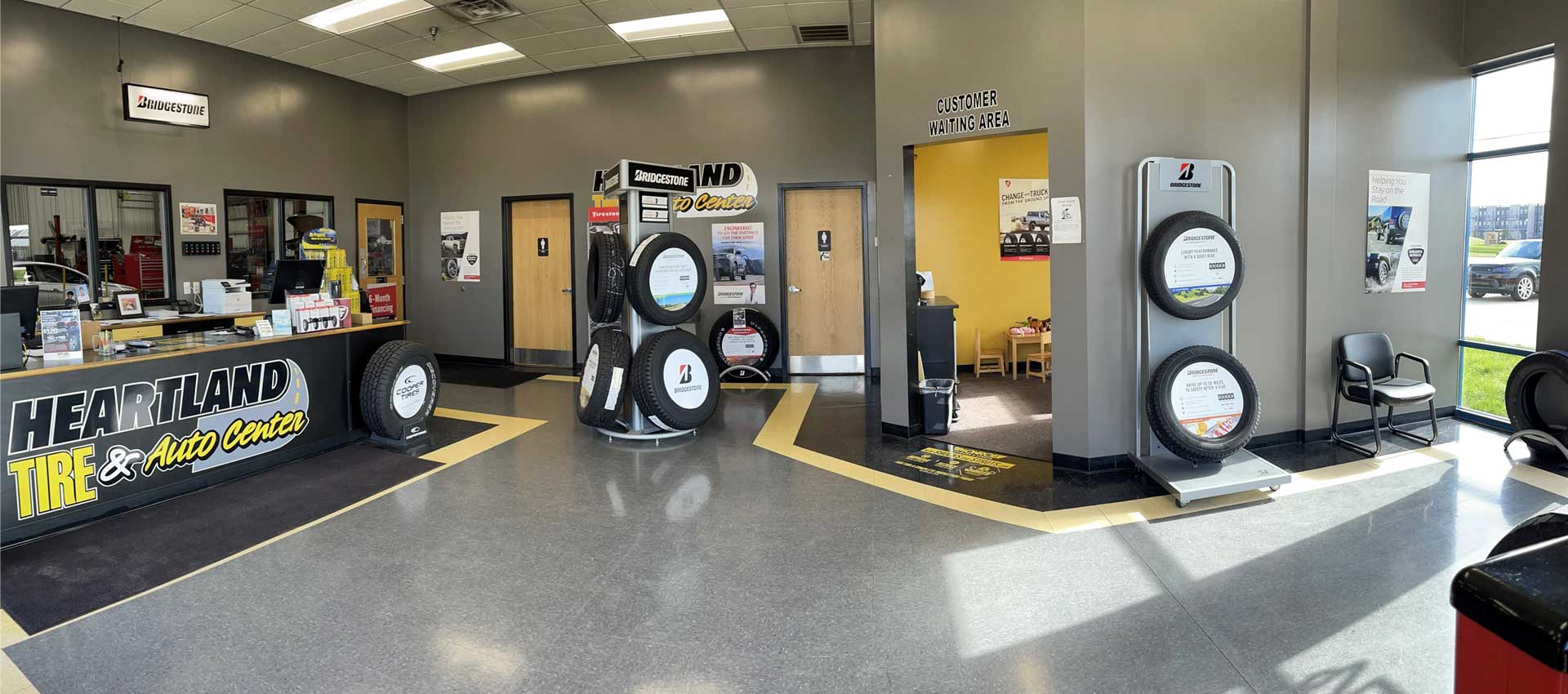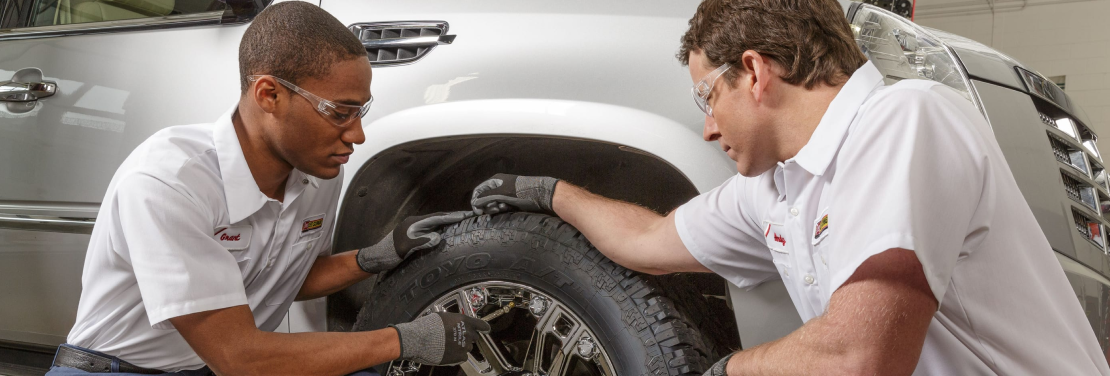Conserve Big with Mopar Tire Service Specials: Finest Deals and Specialist Care
Conserve Big with Mopar Tire Service Specials: Finest Deals and Specialist Care
Blog Article
Tire Solution: The Effect of Weather
When it pertains to ensuring optimum performance and security on the road, recognizing the effect of climate conditions on tire service is vital. From scorching heat to icy roadways, each weather condition element can significantly affect tire performance and general driving experience. By diving right into the impacts of varying weather on tires, motorists can get valuable insights that may boost their automobile's performance and durability. In this discussion, we will discover the complex relationship between weather and tire solution, shedding light on the relevance of weather-specific tire upkeep practices and factors to consider.
Warm and Tire Performance
When revealed to high temperature levels, tires experience modifications in efficiency that can significantly impact car security and handling. The heat generated from extended driving or hot weather condition problems creates the tire rubber to soften, bring about minimized walk life and boosted wear. As the rubber becomes softer, the tire's grip when traveling diminishes, impacting braking ranges and overall grip. In extreme cases, extreme warmth can even create tire blowouts, presenting a serious security risk to the vehicle and its occupants.
Furthermore, heats can increase the process of tire aging, causing the rubber to wear away faster. This can lead to splits, bulges, and various other forms of damages that endanger the structural integrity of the tire. To reduce the effects of warmth on tire performance, motorists must routinely examine their tire pressure, turn tires to make certain even use, and check for any type of signs of damage. Additionally, making use of tires particularly developed to hold up against high temperature levels can assist keep optimum performance and safety when traveling.
Winter Impacts
Cold weather condition conditions can have a considerable influence on tire efficiency and safety and security. As temperature levels decline, tire rubber can solidify, resulting in decreased grip on icy or snow-covered roads. In winter, tires may also shed air pressure much more rapidly, which can influence handling and gas effectiveness. In addition, chilly temperatures can cause tire sidewalls to tense, raising the threat of damage from potholes or other roadway risks.
To reduce the effects of winter on tires, it is important to on a regular basis examine tire stress and inflate them to the maker's recommended degrees. Using winter months or all-season tires developed for cold weather condition conditions can also enhance traction and grip on icy or snowy roadways - tire shop morris. Appropriate tire upkeep, consisting of normal assessments for wear and damage, comes to be a lot more essential during colder months to guarantee ideal efficiency and security
Rainy Conditions Influence
Throughout stormy conditions, Go Here tire performance and security can be considerably influenced by the wet road surfaces and lowered visibility. The tread pattern of tires plays a critical duty in keeping traction on damp roadways. Tires with damaged treads are extra vulnerable to hydroplaning, where a layer of water accumulates between the tire and the roadway surface area, leading to loss of traction. To combat this, vehicle drivers need to consistently evaluate their tires for appropriate tread deepness and consider buying tires particularly created for damp problems.

Snow and Tire Safety
Snow-covered roadways present distinct challenges for motorists, stressing the significance of correct tire choice and maintenance. When driving in snowy problems, having the right tires can make a considerable distinction in safety and security and performance. Winter months tires are developed with unique rubber substances and tread patterns to provide far better grip on snow and ice compared to all-season tires. The deeper footsteps and sipes of winter months tires help hold the roadway much better, minimizing the danger of slipping and gliding.
Along with using winter season tires, it is vital to guarantee they are effectively pumped up. Winter can cause tire pressure to drop, affecting traction and handling (discount tires morris il). Frequently inspecting and preserving the appropriate tire pressure is important for optimum performance in snowy problems

Weather-Related Tire Maintenance
Weather-related tire maintenance incorporates an array of methods aimed at making sure ideal tire function and long life in various weather scenarios. One crucial element of weather-related tire maintenance is tire stress policy. Inspecting tire step frequently and replacing tires when step wear reaches a certain deepness click this is vital for preserving traction and security in negative weather.
Verdict
In conclusion, weather condition problems have a considerable influence on tire performance and safety (tire shop morris). From warm influencing tire pressure and use to cool climate decreasing traction, it is vital to consider the weather when preserving and making use of tires.
In this conversation, we will certainly explore the complex partnership in between weather conditions and tire service, shedding light on the relevance of weather-specific tire upkeep practices and considerations.

Report this page